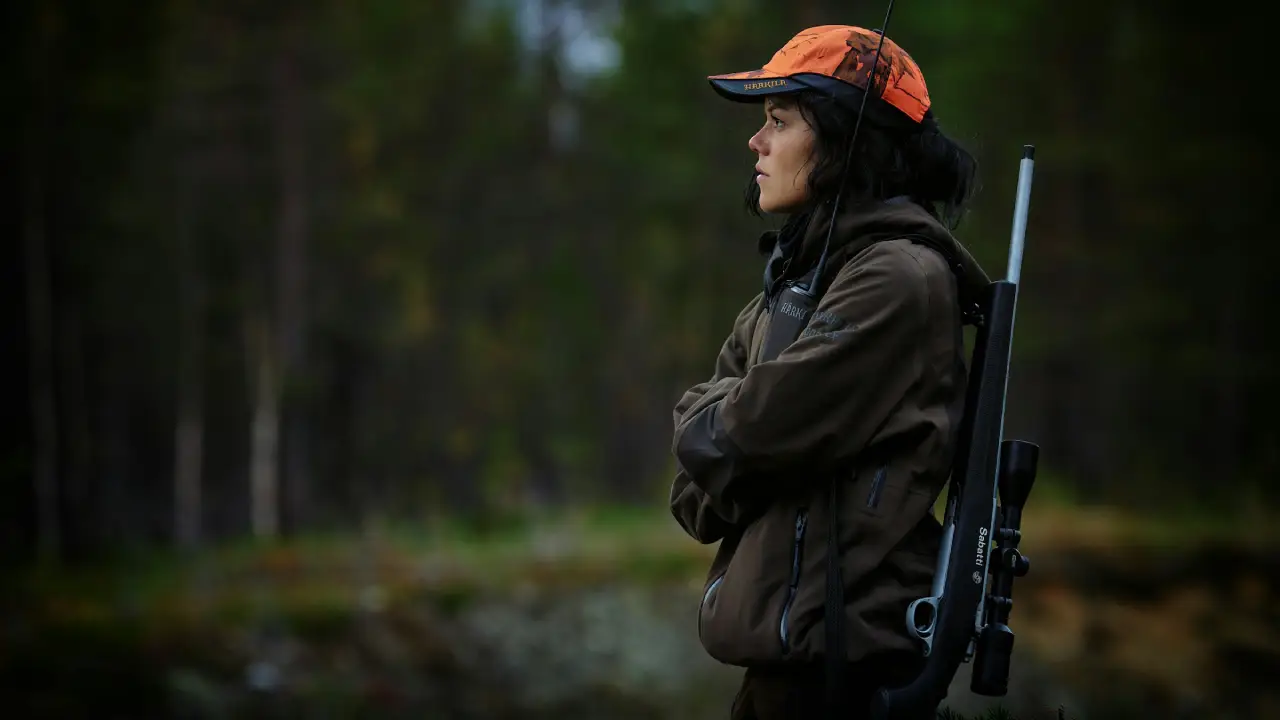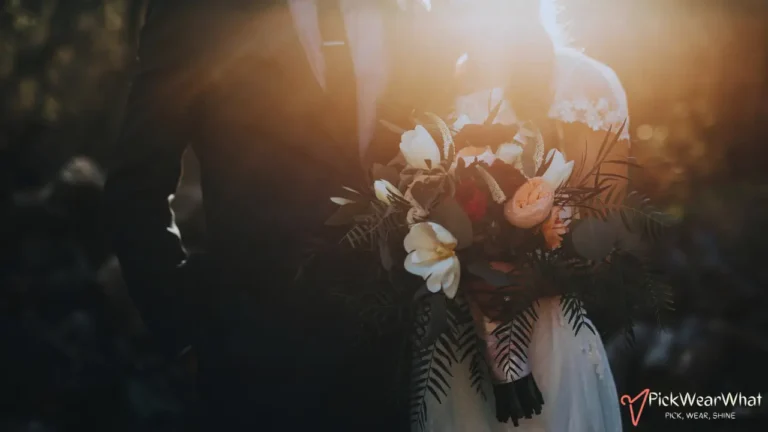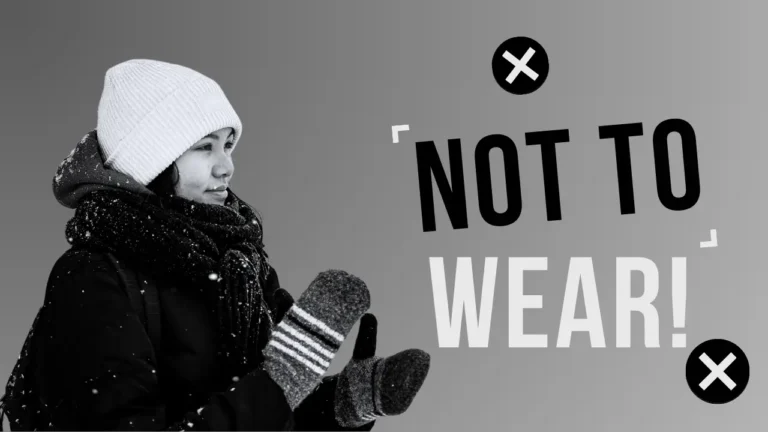When deer hunting, you should avoid wearing bright colors such as white, red, and blue, as these can easily catch a deer’s attention and compromise your camouflage. Instead, opt for earth tones like brown, green, and camouflage patterns to blend into the natural environment. Wearing the right colors is crucial for staying hidden from deer and ensuring a successful hunt.
How Do Deer Perceive Colors?
Deer perceive colors differently than humans. They have dichromatic vision, meaning they see only two primary colors—blue and yellow—while having difficulty distinguishing between reds, oranges, and greens.
This makes them less sensitive to colors in the red spectrum but more sensitive to blue and UV light. As a result, wearing clothing that blends with the natural environment, avoiding blues and whites, is essential for remaining concealed from deer. Understanding how deer perceive colors helps hunters choose attire that reduces visibility and increases the chances of a successful hunt.
Colors to Avoid When Deer Hunting
When deer hunting, it’s important to avoid certain colors that can make you more visible to deer:
- Blue: Deer are particularly sensitive to blue and ultraviolet light, making blue clothing highly visible to them.
- White: White can stand out in natural environments, and since it resembles a deer’s tail, it may alert them to your presence.
- Red and Orange: Although deer cannot see these colors as vividly as humans do, bright shades of red and orange can still create contrast in the environment and may catch a deer’s attention.
- Black: Black can create a stark contrast against natural backgrounds, especially in lighter environments, making it more noticeable to deer.
How Does Camouflage Help in Deer Hunting?
Camouflage plays a crucial role in deer hunting by helping hunters blend into their natural surroundings, making it more difficult for deer to detect them. Here’s how camouflage helps:
Breaks Up the Human Outline
Camouflage patterns are designed to break up the distinctive human silhouette, making it harder for deer to recognize you as a threat. By blending into the environment, you become less noticeable.
Mimics Natural Surroundings
Camouflage clothing and gear are often designed to mimic the colors, textures, and patterns found in nature, such as leaves, branches, and grass. This helps hunters blend seamlessly into their environment, whether it’s a forest, field, or swamp.
Reduces Movement Visibility
Even small movements can alert a deer to your presence. Camouflage helps mask those movements by allowing you to blend into your surroundings, making it less likely for a deer to notice slight shifts.
Exploits Deer’s Vision Limitations
Deer have dichromatic vision, meaning they don’t see the full spectrum of colors as humans do. Camouflage takes advantage of this by using colors and patterns that are less visible or distinguishable to deer, reducing the likelihood of being spotted.
Provides Seasonal Adaptation
Camouflage is available in various patterns suited to different environments and seasons. For example, in the fall, you can use camouflage with browns and oranges that mimic the autumn foliage, while in winter, white or snow-patterned camouflage can help you blend into snowy landscapes.
How to Balance Camouflage and Safety When Deer Hunting?
Balancing camouflage and safety when deer hunting is essential to ensure you remain concealed from deer while also staying visible to other hunters. Here’s how you can achieve this balance:
Wear Blaze Orange
Blaze orange is a highly visible color that is required by law in many regions to prevent hunting accidents. Although deer cannot see blaze orange as humans do, it stands out to other hunters, ensuring your safety.
Wear blaze orange in areas required, such as a vest, hat, or jacket. These items should cover enough of your body to make you easily identifiable to others.
Choose Camo Patterns with Blaze Orange
Many manufacturers offer camouflage patterns that incorporate blaze orange. This allows you to maintain some level of camouflage while still adhering to safety regulations.
These patterns break up the solid orange color, making it harder for deer to detect while keeping you visible to other hunters.
Layer Your Clothing
Start with a base layer of traditional camouflage to blend into your environment. Add a blaze orange vest or jacket over your camouflage. This ensures visibility while hunting in areas where orange is required.
Use Camouflage Gear with Blaze Orange Accents
Choose camo hats or gloves with blaze orange accents. This provides additional visibility without completely sacrificing your camouflage. Consider using hunting gear like backpacks that incorporate blaze orange in their design.
Adapt to Your Environment
Adjust your camouflage to the season and terrain. For example, in the fall, you might choose camo that matches the foliage but includes blaze orange elements for safety. When possible, position yourself against backgrounds that help blend your blaze orange with the environment, such as sitting against trees or in a blind.
Follow Local Regulations
Always follow local hunting regulations regarding the amount and placement of blaze orange clothing. This ensures you meet safety standards while still being able to utilize camouflage effectively.
Communicate with Fellow Hunters
If hunting with others, clearly communicate your location and use blaze orange to ensure visibility. This can prevent accidents, especially in densely wooded areas.
FAQs On What Colors Not to Wear While Deer Hunting?
You should avoid wearing bright colors like blue, white, and red when deer hunting, as these can catch a deer’s attention and make you more visible.
Deer are particularly sensitive to blue and ultraviolet light, making blue clothing highly visible to them. Wearing blue can increase the chances of being spotted by deer.
It’s best to avoid wearing white, as it can stand out in natural surroundings and may resemble the white tail of a deer, which can alarm other deer.
While deer cannot see red or orange as vividly as humans, wearing bright shades of these colors can still create contrast in the environment, making you more noticeable. However, blaze orange is required by law in many areas for safety purposes.
Earth tones like browns, greens, and grays, along with camouflage patterns, are the best choices for staying hidden from deer while hunting.




